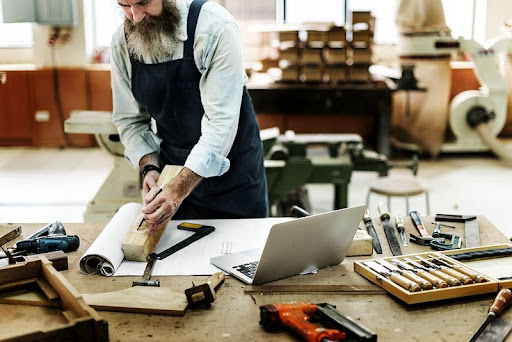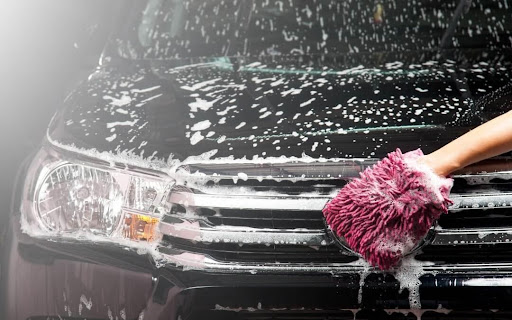Industry In Motion: Insights into Industrial Equipment Solutions
Industrial machinery and vehicles are subjected to severe environmental factors, including high loads, high pressure, extreme temperatures, moisture, and excessive dust. The prolonged exposure to such harsh work environments has resulted in a significantly shorter component lifecycle and increased failure rate.
What are some ways to lessen and mitigate equipment failure? This post covers some common causes for machine deterioration and the recommended procedures to increase the equipment’s longevity.
The main causes of equipment failure
The reasons behind machine failure are numerous. The most frequent causes of failure include adhesion, deposition, fatigue, abrasion, and corrosion.
Adhesion
Boundary wear, or adhesion, is a prevalent performance issue affecting nearly all mechanical systems with loaded components. It is an example of gradual deterioration that greatly raises the chance of corrosion. Adhesion can also result from insufficient lubrication, low lubricant viscosity, slow speed, and heavy load.
Abrasion
Abrasion is a type of wear mechanism where hard particles that come into contact with the surface cause the material to deteriorate. This is a widespread issue that practically all mechanical systems encounter.
Corrosion
The oxidation of the rubbing surfaces results in corrosive wear. The risk of corrosion increases with temperature and friction, removing the protective coating from the surface. Both mechanical and electrical components are prone to this kind of deterioration.
Deposition
Deposition affects fans, filters, screens, flow controllers, and control valves. The accumulation of particles on important mechanical or electrical parts causes it. A good illustration is the buildup of fibrous particles on fans.
Fatigue
Fatigue affects the machine’s spinning, flexing, and vibrating parts. It occurs when the dynamic load exceeds the material’s fatigue strength. Consequently, the only way to stop it is to lessen the applied load. It is brought on by surface fissures that have the potential to seriously harm the rotating components.
Erosion
Typically, cavitation of the lubricant is the source of erosive wear. It depicts the process where pressure changes cause vapor-filled holes, or bubbles, to form in the liquid. The oxidized material on the metal surface erodes when the bubbles burst close to it. As a result, the metal surface is more vulnerable to deterioration and corrosion.
Industrial equipment solutions
Regular maintenance and observation can greatly extend the life of your equipment. By doing so, you can evaluate the machine’s overall performance, anticipate failure scenarios, and promptly address any possible issues. Here are some strategies you can use.
Equipment monitoring
Condition monitoring is one of the most essential parts of maintaining industrial equipment. It involves several procedures, such as oil analysis, heat monitoring, and visual inspection.
An efficient maintenance program
Setting up a regular program for equipment maintenance is one of the most important measures in preventing machinery failure. First, determine which equipment components are most important to include in the maintenance schedule. Secondly, ensure you use high-quality replacement parts from reliable providers like Kor Pak.
Predictive maintenance
Real-time machine performance analyses enable algorithms to anticipate possible issues more quickly and notify you in a timely manner. These evaluations, which are highly accurate and tailored, predict when a possible breakdown might happen.
Conclusion
You must strengthen your maintenance efforts to extend your equipment’s life, lower the chance of failure, and maximize production.







